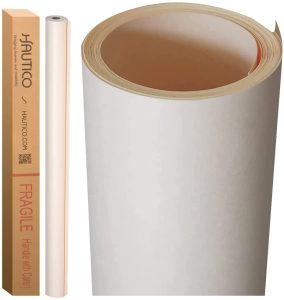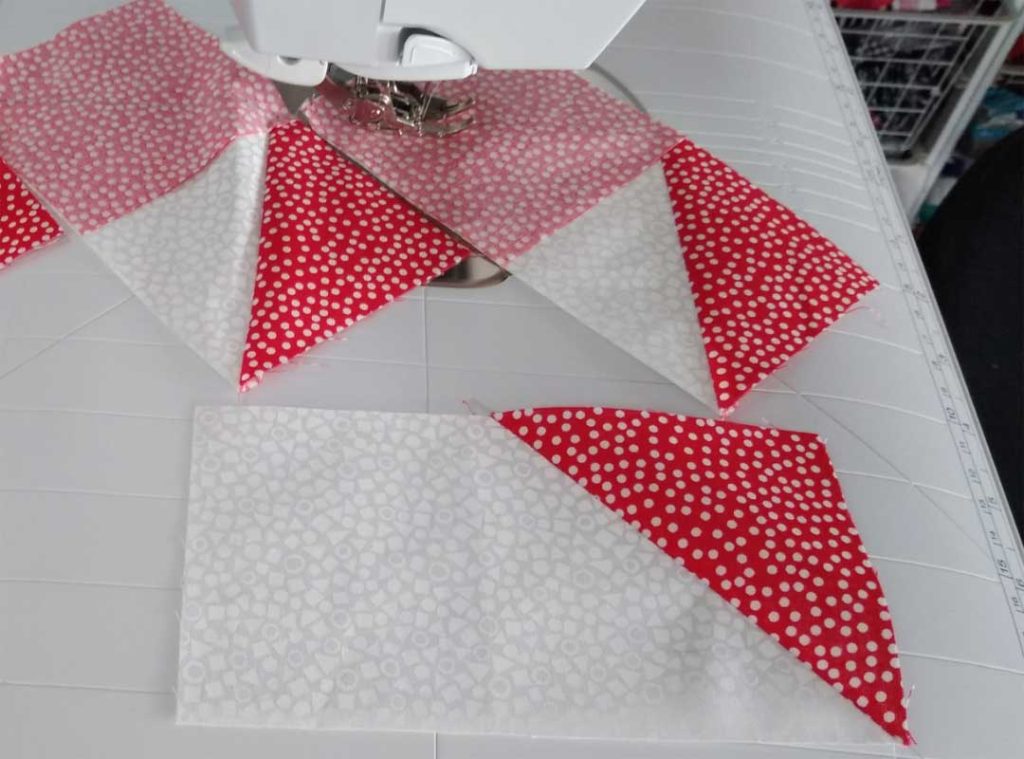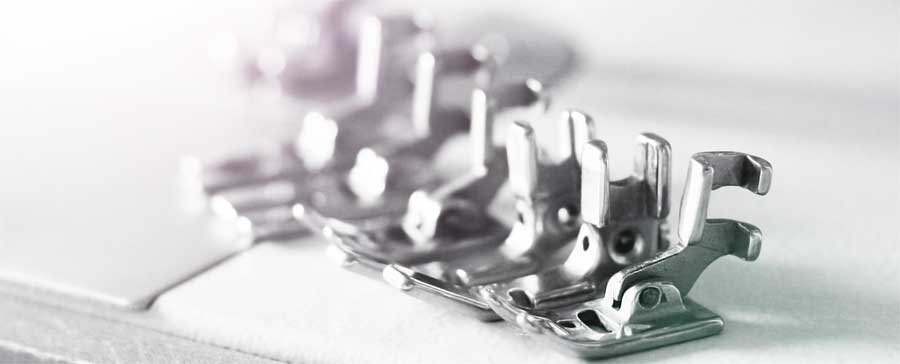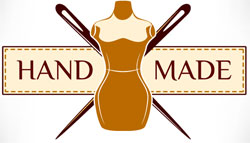Relax in your backyard with a book, enjoy a cup of coffee on the porch, or swing peacefully as you bond with nature at your favorite campsite in a colorful, decorative hammock. It’s said that hammocks guarantee an amazing sleep experience, whether it’s an afternoon nap, or a full night’s rest. Simple to sew, this hammock is made using decorator fabric for the hammock front and is lined with sturdy canvas. Closet-pole rods and nylon rope support the hammock.
Making the Hammock
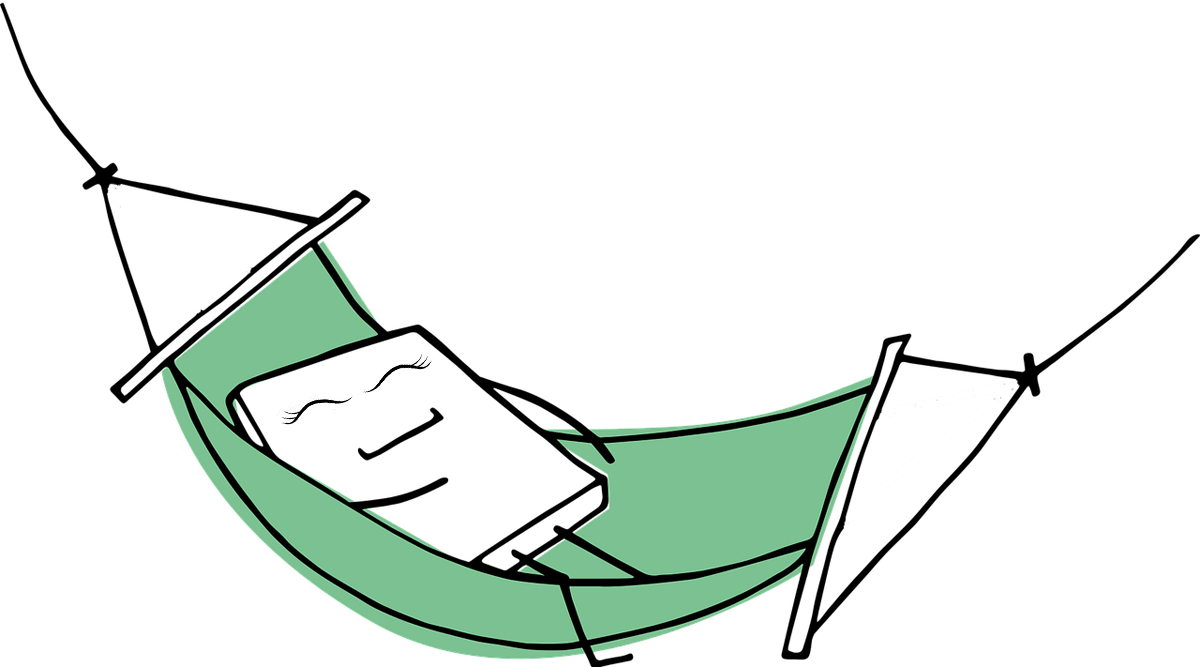
The complete version of this article is available on the ASG Members Only blog and requires member login.
CLICK HERE to read the full article. Not a member? Join online!






